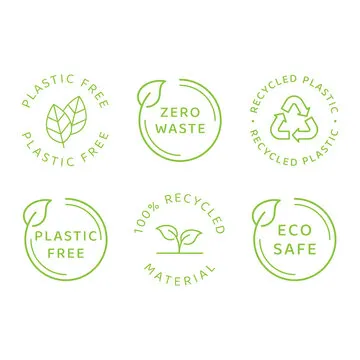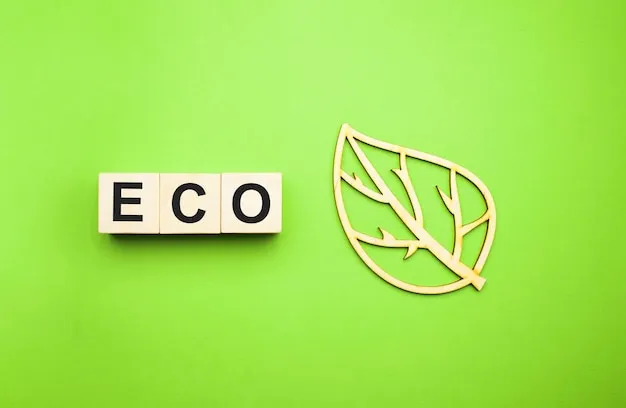The world is changing, and so are our cities. We’re witnessing a powerful shift, a green revolution in how we build and plan our urban spaces. Gone are the days of endless concrete and energy-guzzling structures. In their place, a new vision is emerging: eco-friendly architecture and city planning. It’s not just a trend; it’s a necessity, driven by the urgent need to combat climate change and create healthier, more sustainable environments.
Why the Sudden Surge in Eco-Conscious Building?
- Climate Change Wake-Up Call: The undeniable reality of global warming has spurred governments, businesses, and individuals to take action. Extreme weather events, rising sea levels, and dwindling natural resources have made it clear: we can’t continue building as we have.
- Resource Scarcity: Traditional construction relies heavily on finite resources like concrete, steel, and fossil fuels. Eco-friendly alternatives, such as sustainably harvested timber, recycled materials, and renewable energy, are becoming increasingly vital.
- Health and Well-being: Studies show that living in green environments improves mental and physical health. Access to nature, clean air, and natural light reduces stress, boosts productivity, and enhances overall quality of life.
- Technological Advancements: Innovations in materials science, energy efficiency, and smart technology have made eco-friendly building more feasible and cost-effective.

The Core Principles of Eco-Friendly Architecture
Eco-friendly architecture isn’t just about planting a few trees on a rooftop. It’s a holistic approach that considers the entire lifecycle of a building, from material sourcing to energy consumption and waste management.
- Sustainable Materials:
- Locally Sourced Timber: Using wood from sustainably managed forests reduces transportation emissions and supports local economies.
- Recycled and Reclaimed Materials: Giving new life to materials like recycled steel, reclaimed brick, and salvaged wood reduces waste and conserves resources.
- Bamboo: A rapidly renewable resource known for its strength and versatility.
- Mycelium: This material, made from mushroom roots, is biodegradable and can be molded into various building components.
- Energy Efficiency:
- Passive Solar Design: Orienting buildings to maximize natural sunlight for heating and lighting.
- Green Roofs and Walls: Vegetated surfaces that insulate buildings, reduce stormwater runoff, and improve air quality.
- High-Performance Insulation: Minimizing heat loss and gain to reduce energy consumption for heating and cooling.
- Renewable Energy Integration: Solar panels, wind turbines, and geothermal systems to generate clean energy on-site.
- Smart Building Technology: Sensors and automation systems to optimize energy use, lighting, and HVAC (heating, ventilation, and air conditioning).
- Water Conservation:
- Rainwater Harvesting: Collecting and storing rainwater for irrigation and non-potable uses.
- Greywater Recycling: Treating and reusing wastewater from sinks, showers, and laundry for toilet flushing and irrigation.
- Water-Efficient Fixtures: Installing low-flow toilets, faucets, and showerheads to reduce water consumption.
- Waste Reduction:
- Modular Construction: Prefabricated building components that minimize waste and improve efficiency.
- Construction and Demolition Waste Management: Recycling and reusing construction debris to reduce landfill waste.
- Composting and Waste-to-Energy Systems: Converting organic waste into valuable resources.

City Planning for a Greener Future
Eco-friendly architecture is just one piece of the puzzle. To create truly sustainable cities, we need to rethink urban planning as a whole.
- Green Infrastructure:
- Urban Forests: Planting trees and creating green spaces to improve air quality, reduce heat island effect, and enhance biodiversity.
- Parks and Greenways: Creating interconnected networks of parks and green spaces to provide recreational opportunities and improve walkability and bikeability.
- Rain Gardens and Bioswales: Designed to capture and filter stormwater runoff, reducing pollution and replenishing groundwater.
- Sustainable Transportation:
- Public Transportation: Investing in efficient and accessible public transportation systems to reduce reliance on private vehicles.
- Bike Lanes and Pedestrian Pathways: Creating safe and convenient infrastructure for walking and cycling.
- Electric Vehicle Charging Stations: Promoting the use of electric vehicles by providing charging infrastructure.
- Smart City Technologies:
- Sensors and Data Analytics: Collecting data on energy consumption, traffic flow, and environmental conditions to optimize resource management.
- Smart Grids: Integrating renewable energy sources and improving the efficiency of electricity distribution.
- Smart Waste Management: Implementing automated waste collection and recycling systems.
- Urban Agriculture:
- Rooftop Gardens and Vertical Farms: Growing food in urban areas to reduce transportation emissions and improve food security.
- Community Gardens: Providing opportunities for residents to grow their own food and connect with their community.
- Resilient Design:
- Flood-Resistant Infrastructure: Designing buildings and infrastructure to withstand extreme weather events.
- Heat Island Mitigation: Implementing strategies to reduce the urban heat island effect, such as cool roofs and green spaces.
- Disaster Preparedness: Developing emergency plans and infrastructure to respond to natural disasters.
- Community Engagement:
- Participatory Planning: Involving residents in the planning process to ensure that their needs and priorities are considered.
- Education and Awareness: Raising awareness about the benefits of eco-friendly architecture and city planning.
- Incentive Programs: Providing financial incentives and regulatory support for eco-friendly building and development.

Examples of Eco-Friendly Urban Initiatives
- Singapore’s “City in a Garden” Vision: Singapore has implemented a comprehensive strategy to integrate nature into its urban environment, with extensive green roofs, vertical gardens, and park connectors.
- Copenhagen’s Commitment to Cycling: Copenhagen has invested heavily in cycling infrastructure, making it one of the most bike-friendly cities in the world.
- Masdar City, UAE: Designed to be a zero-carbon, zero-waste city, Masdar City is a showcase for sustainable urban development.
- Amsterdam’s Circular Economy Initiatives: Amsterdam is a leader in the circular economy, focusing on reducing waste and reusing resources.
The Future of Urban Living
Eco-friendly architecture and city planning are not just about building greener cities. They’re about creating healthier, more livable, and more resilient communities. As technology advances and awareness grows, we can expect to see even more innovative and sustainable solutions emerge. The future of urban living is green, and it’s happening now.
Do Follow USA Glory For More Updates.






